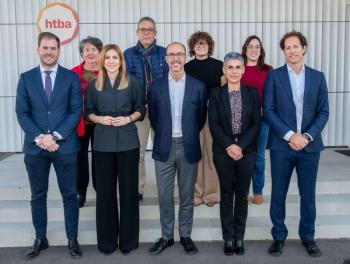
New Water-Soluble Astaxanthin Expands Uses, Bioavailability
Carotenoids in general tend to be poorly bioavailable due to their lipophilic nature.
A new water-soluble natural astaxanthin ingredient is up to three times more bioavailable than a traditional extract oleoresin, according to the ingredient’s supplier.
Carotenoids in general tend to be poorly bioavailable due to their lipophilic nature. Compared to other non-polar carotenoids like beta-carotene and lutein, astaxanthin, whose molecular structure by contrast comprises polar ends, tends to be more absorbable. (An individual’s diet and lifestyle habits, such as smoking, can also affect his or her ability to absorb carotenoids.) Still, there can be absorption challenges with astaxanthin, and this is where ingredients supplier AstaReal Inc. (Burlington, NJ) believes its new AstaReal HBA water-soluble astaxanthin can help.
Water-solubility is achieved thanks to the company’s proprietary emulsification process, which AstaReal says makes AstaReal HBA “more bioavailable compared to other natural astaxanthin products currently on the market.”
“Having demonstrated enhanced bioabsorption of astaxanthin by both animal and human study, AstaReal HBA is ready to provide an opportunity to the market that would broaden the scope of use for this magnificent ingredient,” said Joseph Kuncewitch, AstaReal business manager, in a press release.
The ingredient can be used in beverages, other liquid delivery systems, and liquid capsules. It is derived from the microalgae species Haematococcus pluvialis. The company says AstaReal is the only astaxanthin to be FDA GRAS-affirmed. Its cultivation is based on closed bioreactors.
Expanding applications for astaxanthin is necessary because demand for this ingredient is growing, the company says. To accommodate increased demand, AstaReal recently completed construction of a new algae production facility in Moses Lake, WA, and says this is the first facility of its kind in the United States to cultivate Haematococcus pluvialis in closed bioreactors on a truly commercial scale.
Editor-in-Chief
Nutritional Outlook magazine jennifer.grebow@ubm.com
Newsletter
From ingredient science to consumer trends, get the intel you need to stay competitive in the nutrition space—subscribe now to Nutritional Outlook.





